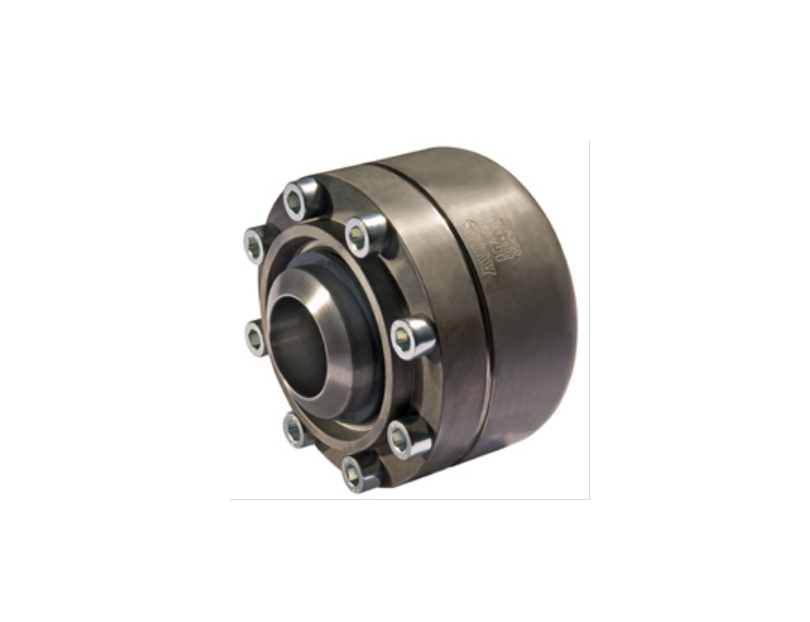A swivel joint is what connects the two parts of a sword when they are put together. Without this connection, you would not be able to swing your sword without hitting yourself in the face.
Swivel joints come in many shapes and sizes, but most commonly have an outside ring that attaches to the inside ring on one side and then has a small ball or cup on the other side that fits into either an outer ring with another smaller ball or a hole. If you want to know what makes up these swivel joints, read this blog post!

What is a swivel Joint?
A swivel joint connects the two parts of a sword when they are put together. Without this connection, you would not be able to swing your sword without hitting yourself in the face.
Swivel joints come in many shapes and sizes, but most commonly have an outside ring that attaches to the inside ring on one side and then has a small ball or cup on the other side that fits into either an outer ring with another smaller ball or a hole.
If you want to know what makes up these swivel joints, read this blog post!
A Swivel Joint Made Up of Two Rings
The rings are what make up the swivel joints. The outside ring attaches to one half and can have a ball on it or be threaded with a string, while the inside ring is attached to the other end and has an opening for fitting together. When you rotate these two pieces back and forth, they move around a ball or cup that is attached to one of them.
Why Should Using a Swivel Joint be Avoided?
A swivel joint is what allows your arm to rotate in a complete circle. Your shoulder and elbow both have these joints, so they can move up and down as well as allow movement side to side.
The best way to see what this motion looks like is by balancing on one foot with the other held straight out behind you and rotating your body and arm in a circle.
A swivel joint looks like what you’ve just done, except there is an outside ring to which the arm can be attached that rotates on ball bearings or string. They are popular because they allow for smoother movement across surfaces without breaking them, but if one fails it will cause the arm to pop out of place.
In most cases it’s best to avoid swivel joints because they are what is known as a “living joint, meaning that there is some degree of free movement in them, and this can cause wear on the bearings or string which will eventually break down.
This means that you’ll have to replace your arm-swivel joint more often than you would if you used a fixed point.
In summary, swivel joints are versatile and safe in most situations but are aware that they can wear out over time and need replacing on occasion.
How do you Tighten a Swivel Joint?
You can tighten a swivel joint by applying what is known as “torque” to the ball and socket joints. One way you could do this would be with a wrench, but it will depend on what kind of wrenches are available in your environment.
In some cases, like ships, for example, there may not be a wrench available to you, and tightening the joint might be more difficult.
How Does a Swivel Joint Work?
A swivel joint is what you might call a “living hinge” because it can rotate in any direction. In addition, the ball and socket joints are what allow for this rotation to happen as one end of the ball will be fixed into place while the other rotates freely in space.
How does Torque Work?
Torque is what causes the rotation in a swivel joint. When you apply torque to one end of the ball and socket joints that are fixed together, it will cause what we call “shear stress” on the other side where the ball is not fixed or squared off.
This shearing force will then push what looks like a ball and socket joint into what is called the “shear plane” which will cause the sphere to rotate.
What Does Torque do?
Torque allows for rotation, as it produces what we call “shearing stress” on one side of what looks like a ball and socket joints, while not applying torque or force to what is fixed on the other side.
Torque will cause what looks like ball and socket joints, which are not square off or squared together, to rotate at one end while the opposite end stays where it is.
What does Shearing Force do?
Shear forces can also be found in what we call “torsion”, where what looks like a ball and socket joint is twisted while not being fixed on one side.
Shear forces are what cause what we call “shearing stress” that will push the joint into what is called the shear plane, which creates rotation in what appears to be a ball and socket type of joint.
Shear forces are what will cause what looks like a ball and socket joint to rotate at one end while the opposite end stays where it is.
